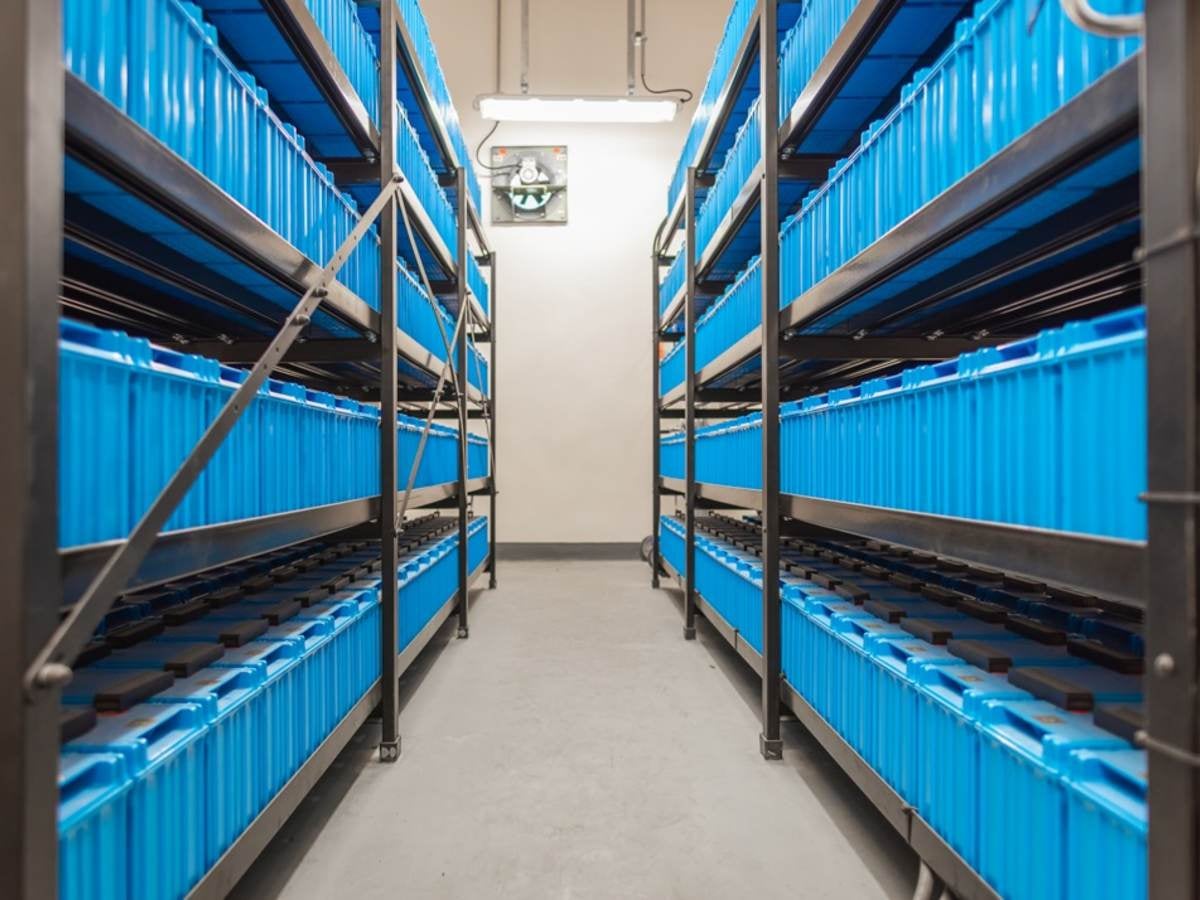I know LFP is the new norm and I am running 4 Chins 12v 200ah in series for my 48v offgrid system powering my log cabin where I'm living. Very happy with the performance, but pretty shook up about this latest incident. I also have 8 Renogy 12v 200ah AGMs in my shop doing basically nothing.
I live in northern Colorado mountains in a 100% offgrid community and I'm the only one running LFP. Most folks are running Lead Acid 2v batteries in a 12v system. Some are running AGM. Most of these systems are pretty sketchy to say the least (not even close to code, little to no fusing, etc).
Nobody has had any solar-related fires. Any house fires would burn the entire mountain as we are in a tinder box.
So why bother with LFP if there is a fire risk? Why not just go with AGM/Lead Acid as there is very little risk of them catching on fire? Or is there a risk and we don't hear about it?
I live in northern Colorado mountains in a 100% offgrid community and I'm the only one running LFP. Most folks are running Lead Acid 2v batteries in a 12v system. Some are running AGM. Most of these systems are pretty sketchy to say the least (not even close to code, little to no fusing, etc).
Nobody has had any solar-related fires. Any house fires would burn the entire mountain as we are in a tinder box.
So why bother with LFP if there is a fire risk? Why not just go with AGM/Lead Acid as there is very little risk of them catching on fire? Or is there a risk and we don't hear about it?



